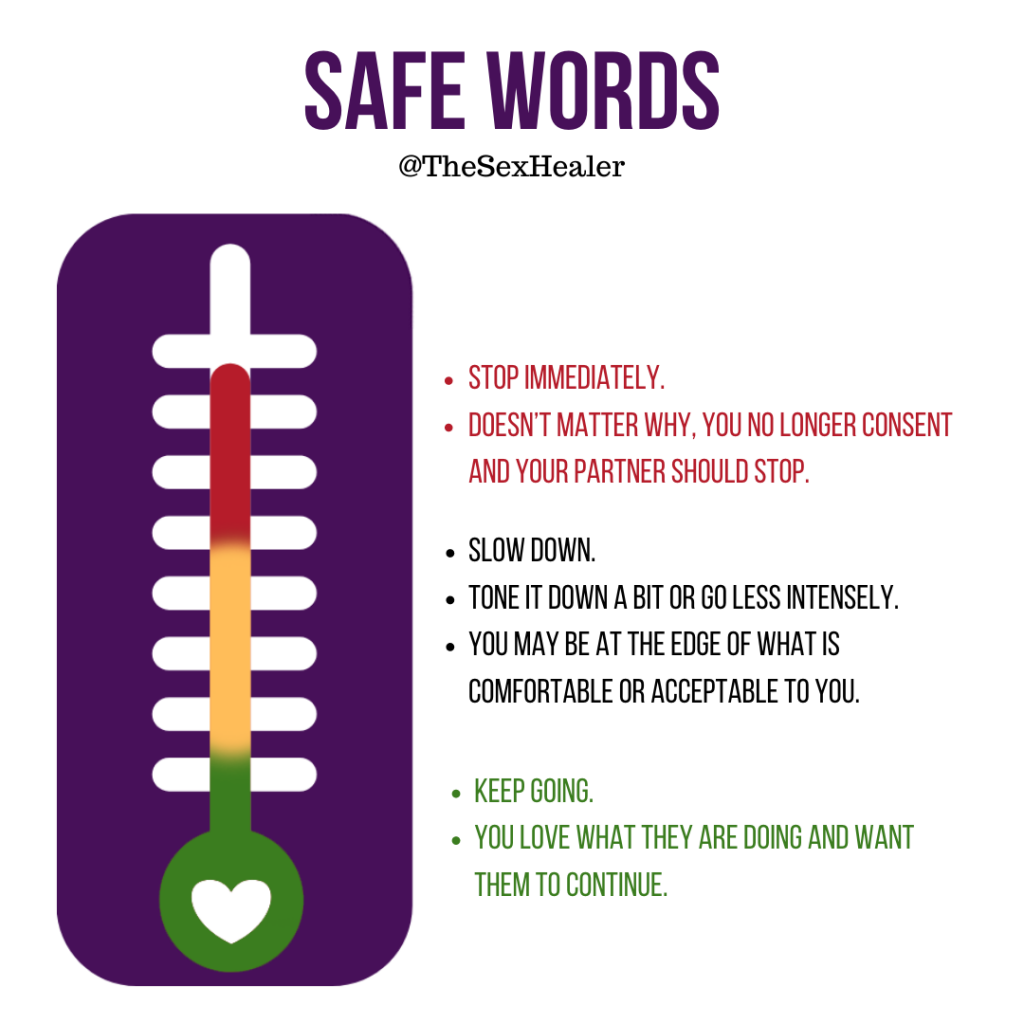Dress-up for Adults: The Fun World of Cosplay Sex
Dress-up for Adults: The Fun World of Cosplay Sex
Cosplay sex is one of the most fun, creative ways to spice up the bedroom, explore fantasies and channel your favorite characters. Cosplay sex may sound kinky and wild, and it can be, though it is a great way to wade into the waters of kink and roleplay!
What is Cosplay?
Cosplay sex is only one context for the fun and freedom of dressing up as your favorite characters. Have you ever seen images of comicon? People dressed as their favorite film, comicbook and tv characters? Well, that’s cosplay!
Cosplay simply means “costume play”. It doesn’t have to be sexual at all, and for most it is just an opportunity to show their love of specific fandoms, or showcase their creativity when it comes to reimagining these characters in real life. It can be a literal interpretation of characters or a look inspired by characters or stories the cosplayer connects to.
Cosplay is even making its way into drag culture as we see more performers interpret characters and include them in their live performances.
Cosplay also involves embodying the character to certain degrees, so it can be a fun way to escape and roleplay in sexual or non-sexual situations.
Is Cosplay a Fetish?
It should be noted that there is a huge issue of female cosplayers in particular being fetishized by people without permission, which can put a damper on the fun.
Just because someone is dressed like Wonder Woman or Princess Leia in a bikini does not mean that they are open to sexual advances, lewd online comments or want to be fetishized. They are simply appreciating a character and having fun dressing up!
Some people do have fetishes around certain characters. If you are sexually obsessed with Batman, maybe you’ll get a kick out of having sex with someone dressed as Batman, or it is a fantasy you want to fulfil.
Cosplay in and of itself, however, is not a fetish or an expression of someone’s fetish.
Making Cosplay Sexy
Incorporating cosplay into sex can be a fun, lighthearted and creative way to dip your toes into some light kink and fantasy fulfilment.
Roleplay can help you release your inhibitions, be more assertive or submissive, and help you realize fantasies.
Cosplay can help you by having a character that is already well known, a specific personality you can channel and improvise around without starting from scratch.
Cosplay doesn’t need to be expensive or fancy, though you can certainly drop a lot of cash on movie replica costumes and accessories. If you want a movie perfect Darth Vader costume for $10,000, that’s your prerogative!

All you need is an indication of costume. This could be thick gold bracelets to channel Wonder Woman, or a black domino mask to become Zorro, or even white gloves to become Mickey Mouse if that’s your thing. Use your imagination and creativity to have as much or as little costume as you want.
The most important part of cosplay sex is the character you channel in the moment. Costumes are part of the name, however it is less about the appearance and more about the character!
Here are some ways to incorporate your favorite character into cosplay sex:
- Use sexy props: some bondage rope for Wonder Woman’s Lasso of Truth, a dildo as your “lightsaber”, a small whip for Indiana Jones, a full faced mask for Batman, the options are as vast as the characters you create! Find ways to repurpose sex toys to fit with your chosen character
- Use catchphrases: does your character have any memorable quotes or catchphrases that you can use in the bedroom? Luke, I am your Daddy…they don’t have to be entirely serious! Cosplay sex can be fun and funny.
- Use your favorite scenes: Is there a scene that really gets you going? Maybe you want to re-enact the fight between Michelle Pfeiffer as Catwoman and Michael Keaton’s Batman- sexy! Is there a sex scene from Outlander you want to replicate word for word, touch for touch?
- Imagine New Relationships: This happens a lot in fan fiction, and crosses over into cosplay sex seamlessly. Ever wish there had been a hot moment between Edward and Jacob? Want James Bond to hook up with M? How about Frodo and Sam? Now’s your chance to make that fantasy happen!
This is by no means an exhaustive list, so let your imagination run wild!
Some Practical Considerations
- Safety first: just because your character throws knives or whatever doesn’t mean you should dive headfirst into knifeplay without a mentor or training. Same goes for choking or bondage: take an online class or workshop in rope tying and knots so you can safely bind your partner without cutting off circulation or accidental injuries.
- Consent: I know it goes without saying, though it can’t be said enough! All activities must be consensual, and since cosplay sex can wade into the realm of kink, it is helpful to talk with your sexual partner about boundaries and safe words before diving into the scene.
- Finances: Never feel like you have to break the bank to have the perfect costume. Some people love to invest in and collect movie-quality costumes, however it isn’t necessary to engage in cosplay sex or enjoy roleplay as your favorite characters!
- Cleaning: Some costumes are easier to clean than others, so this may be a consideration for you if you plan on using your costume for sex. As always, clean any toys, props or costumes before and after sex, and ideally use new toys for new partners.
- Exit rituals: If you are playing in a particularly intense or violent scene, it can be helpful to have an exit ritual. This can be as simple as taking a bath or meditating, or just cleaning up and putting away your costume. Whatever you need to do to transition out of your cosplay persona into your regular persona. Some people don’t need this at all, though if you are having trouble separating your actions from the character’s actions, these rituals can help you put them to rest and pick them up again later when you’re ready for more fun.
Cosplay sex is a fun, creative and exciting way to try something new and perhaps fulfill a longheld fantasy. Costumes aren’t just for Halloween, so get some fabric and ideas and try out cosplay sex!
Kinky Sex: How to Get Started
About Life Coaching and Therapy
Life Coaching and Therapy (LCAT) is a therapy and coaching practice that transforms our clients lives through our flexible. Multi-technique approach and pleasure-skills training provided by systematically-trained and licensed therapists!
Get to know our founder and owner, Amanda Pasciucco, (a.k.a. The Sex Healer) PhD, Licensed Marriage and Family Therapist (LMFT), and an AASECT Certified Sex Therapist (CST) that has developed innovative therapy programs and therapy videos that get results.
Our team of compassionate, licensed therapists and certified sex therapists help all clients who visit us for a variety of personal, relationship, intimacy and sex problems.
LCAT provides on-site appointments, as well as video chat and text therapy programs.
Learn more about how LCAT can help improve your life at What We Do.












 Alcohol swabs can be purchased cheaply at any pharmacy.
Alcohol swabs can be purchased cheaply at any pharmacy.


















